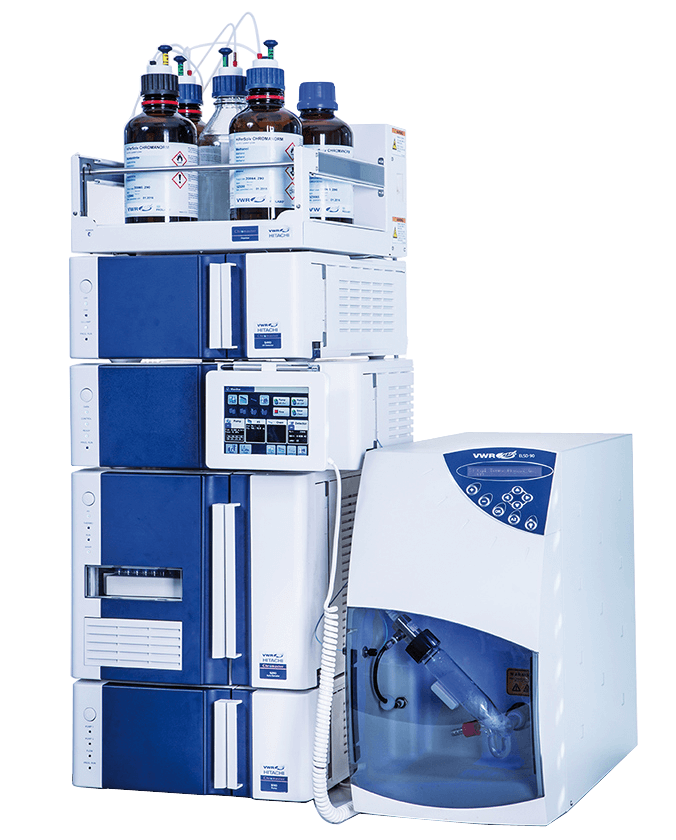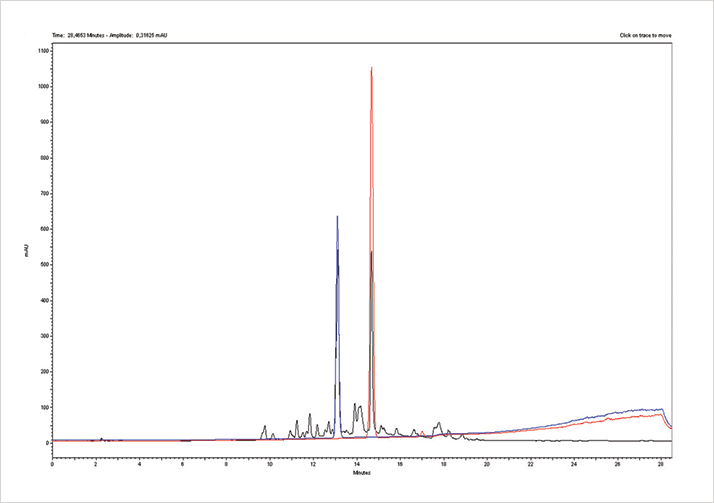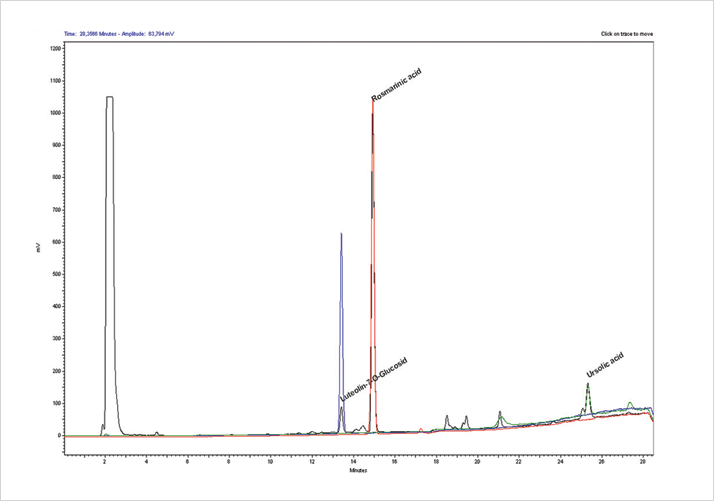UV detection methods are the most widely used in HPLC owing to the seemingly ubiquitous presence of chromophores in analytes. However, not all analytes of interest are blessed with this property. ELSD is considered an almost universal, powerful and cost effective technique, and is ideal for the majority of liquid chromatography applications.


Today, the power of this detection mode is further extended with a new model that introduces a genuine and efficient Low-Temperature technology combined with an innovative detection chamber, as a result providing the highest sensitivities for all compounds including semi-volatile and thermo-labile ones. The Chromaster’s 5430 Diode array detector is comparable to conventional ultraviolet (UV) detectors in noise with a value under specified conditions of 0.5 x 10-5 AU (or less). A variable air-volume fan and a specially designed cover on the spectrometer minimise the influence of temperature change around the optical system and achieves a drift value of 0.4 x 10-3 AU/h (or less) and a reduction in lamp stabilisation time by about 30%. The sage leaf sample (2.0 g) was extracted twice with 15 mL of acetone using a homogeniser. The extract was centrifuged, and the residue was washed and agitated twice with 5 mL of solvent. The combined extract was evaporated to dryness under reduced pressure. The residue was dissolved in 4 mL of methanol and passed through a 0.45 µm filter. 20 µL aliquots were analysed by HPLC.
Flow rate: 0.8 ml/min
Run Time: 40 min including re-equlibration
Pressure: 130 bar
Oven Temperature: 20°C
Injection Volume: 10 µl
Column: Merck Hibar® 150-4.6 mm Purosher® STAR RP-18e, 3µm, Cat. No. 1.50470.0001


For more information: chromatography@eu.vwr.com
Or search for “Chromaster” or “Evaporative light scattering detector” at vwr.com








